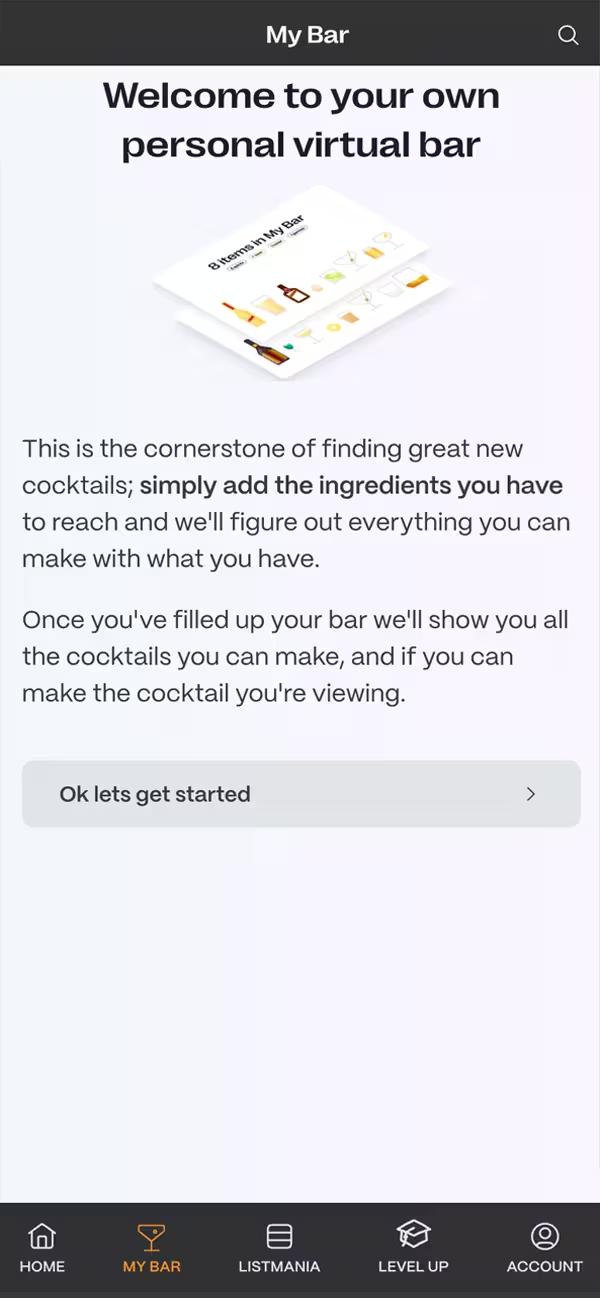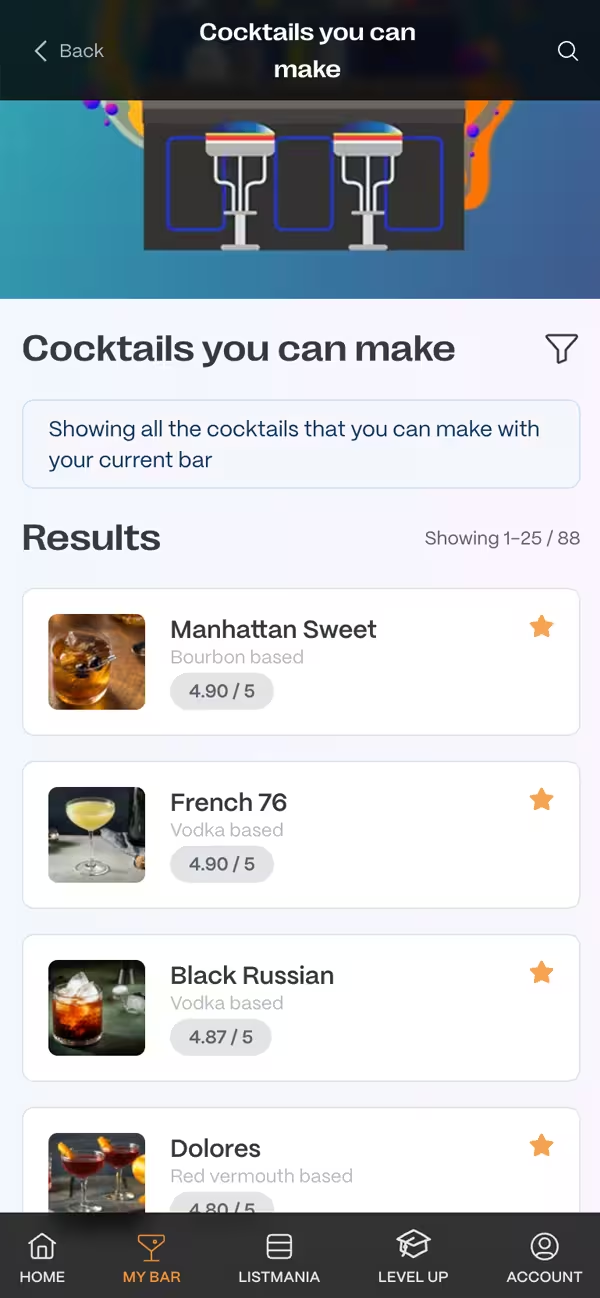The History of Happy Hour
Jump to
- TL;DR
- Claims from America
- Happiness at Sea
- French Fancies
- The Bright Side of Prohibition
- Modern-Day Happy Hours
- The Impact on Social Culture
- Economic Benefits
- A Look into the Future
- Conclusion
Everybody loves a happy hour, right? Cut-price drinks and cheap bar snacks are the perfect complement to the end of the working day, helping busy nine-to-five employees unwind and relax after a stressful day.
TL;DR
- Happy Hour's origins are linked to US Navy entertainment activities in the early 20th century.
- TGI Fridays popularized the modern concept in the 1960s, though they weren't the first to introduce it.
- Prohibition-era speakeasies used "cocktail hours" to circumvent alcohol bans, embedding the tradition in US culture.
- Today, Happy Hour is a global trend with economic and social benefits, continuously evolving in modern times.
So how did this popular publican tradition start? Like most historical tales in the drinking world, the details are a little hazy…
Claims from America
If you walk into your nearest TGI Fridays restaurant, there is likely to be a written claim on their wall that suggests the founder of the business, Alan Stillman, was the brains behind the idea of Happy Hour. When he opened his first bar, back in 1965, he decided the local residents needed a break after a day at work and offered a discount on drinks for one hour each weekday. Indeed, it is a claim backed up on their website, but it doesn’t really give a full picture of the history behind the happy hour.
Happiness at Sea
The phrase is actually thought to have been coined at sea in the early 20th century, where crews on US Naval boats used the term to refer to a period of time when entertainment activities were provided. Sports such as boxing and wrestling were offered for three nights a week, usually spanning a few hours, rather than just one. These activities were often accompanied by loud singing and sometimes film screenings, providing sailors with a much-needed break from their rigorous duties.
French Fancies
Later in the 19th century, a nationwide wine shortage in France led Parisian drinkers to turn to spirits as their tipple of choice. Absinthe was the most popular option, and for some time, 5pm became known as ‘l’heure verte’ or ‘the green hour,’ in reference to the time when work would finish, and employees would head to their nearest bar for a quick drink of their favorite green spirit. This period became an early precursor to today's happy hour, blending the need for relaxation with the enjoyment of indulgent drinks.
The Bright Side of Prohibition
It wasn’t until the 1920s that the term ‘happy hour’ was directly associated with alcohol in the United States. During Prohibition, which prevented the sale of alcohol in public settings, social drinkers found creative ways to circumvent the laws. One such method was the "cocktail hour" at speakeasies—hidden and illicit establishments where alcohol was served behind closed doors. Customers would enjoy a drink or two before heading out to dinner. These clandestine gatherings kept the spirit of social drinking alive in an era of strict regulations and signaled the resiliency and adaptability of social traditions.
Modern-Day Happy Hours
Happy Hour truly became synonymous with drink deals in the 1960s and 1970s. While TGI Fridays may have played a role in popularizing the practice, with their claims to have spearheaded the movement, they certainly weren’t alone. Bars and restaurants across the United States embraced the concept, attracting swathes of customers looking to unwind after a long day. Advertisements for 'two-for-one' cocktails and discounted appetizers became commonplace, making Happy Hour a staple in American culture.
Today, Happy Hour has evolved beyond just discounted drinks—it has become a broader social experience. Many modern establishments offer a variety of specials including half-priced appetizers, craft beer tastings, and themed nights. The practice has also spread globally, with variations found in different cultures, each adding its unique twist. For instance, in Spain, one might enjoy 'tapas'—small dishes often served with drinks—while in Japan, 'Nomikai' is a term used for social drinking parties typically held among colleagues. Regardless of where you are in the world, the essence of Happy Hour remains the same: a time to relax and socialize, making it a universally cherished tradition.
Pardon the interruption
Did you know that you can become a member for free, taking your cocktail making skills up to level 11. You can save your My Bar ingredients, make tasting notes, have personalised Tried and Want to try lists and more.
The Impact on Social Culture
Happy Hour has had a significant impact on social culture, influencing the way people gather and interact. It provides a structured time for socialization that fits seamlessly into the workday, thus fostering community and camaraderie among co-workers and friends alike. For many, the Happy Hour tradition has become more than just a time to enjoy discounted beverages; it's a ritual that signals the transition from work to leisure, and an opportunity to forge connections outside of the professional sphere.
Economic Benefits
Economically, the concept of Happy Hour benefits both businesses and consumers. For businesses, it attracts patrons during typically slower hours, boosting sales and providing a steady stream of customers. For consumers, the appeal lies in enjoying premium drinks and snacks without breaking the bank. This mutually beneficial arrangement has helped sustain the popularity of Happy Hour for decades, proving it's a win-win for all involved.
A Look into the Future
As we look to the future, the tradition of Happy Hour is likely to continue evolving. With the rise of remote work and changing social dynamics, bars and restaurants may introduce innovative offerings to attract patrons. Virtual Happy Hours have already emerged as a trend, allowing people to connect over drinks via video calls—demonstrating that even in the digital age, the desire to gather and enjoy a good debate and laugh with a drink in hand remains. Regardless of how it adapts, the spirit of Happy Hour—a time to unwind, connect, and enjoy—will undoubtedly endure.
Highball glass
<p>Sometimes I crave really sweet fruity alcoholic drinks..and have to whip up whatever is seasonal.</p>
Ingredients
Method
How to make a Happy Hour
-
- Pour the rum and strawberry liqueur over ice and top off with pineapple juice
-
- Add Red Bull for extra happy…! Stir and garnish with a slice of lime, then serve
Conclusion
From naval traditions and French absinthe hours to the cocktail gatherings of the Prohibition era and the bustling bars of modern times, Happy Hour has a rich and varied history. Its evolution reflects broader societal changes and consistently showcases the timeless human need for relaxation and socialization. So, the next time you raise a glass during Happy Hour, remember that you're participating in a tradition with deep historical roots and cultural significance. Cheers!
Filed with tags
Related posts
The History of Christmas Cocktails
With Christmas on its merry way, we are taking this opportunity to celebrate three of the most popular tipples at the time of year. Whichever one you prefer, it is always interesting to know the histo... read more
What is the Smoothest Tequila and What Is Good To Mix It With?
Tequila has earned a reputation as one of the most versatile spirits, perfect for both sipping and mixing. Whether you're enjoying a glass of tequila neat or shaking up a fresh cocktail, finding the s... read more
The History of the Shirley Temple
In a bid to encourage those that have so far managed to complete two weeks of Dry January, we are taking a look back at the classic mocktail inspired by a child movie star. The Shirley Temple has a ri... read more
Subscribe to our Newsletter
Get tips straight into your inbox.
Upgrade your mixology
Become a member for free taking your cocktail making skills up to level 11. Or become a premium member to rise to cocktail greatness.
- Save your bar forever
- Access to our Cocktail Creator, allowing you to create your own wonderful concoctions.
- Create personalised cocktail menus for all your events, bars or parties
- Save cocktails to personalised 'Tried' and 'Want to try' lists
- Create and record tasting notes on cocktails
- Create lists of cocktails to share with friends and family
- A personalised MyBar URL, allowing you to share everything you can make with friends
- And much more ... (what to buy next, measurement choices, search personalisation...)
Have you tried our Wordpress Plugin?
Download our plugin and embed cocktail recipes directly onto your own site or blog.
Choose from our whole recipe database, or choose a specific cocktail made with a certain ingredient, and let us place a beautiful recipe on your own site.
Find out more



